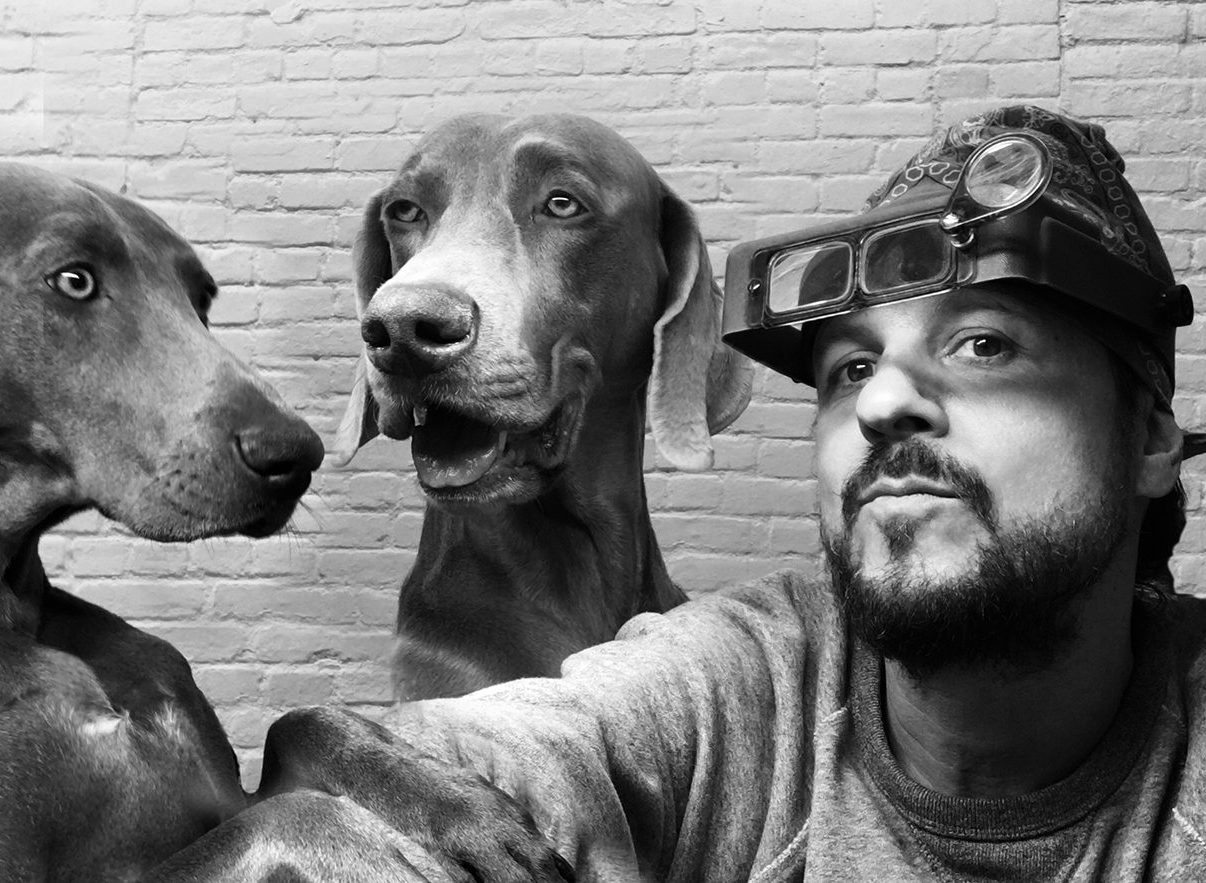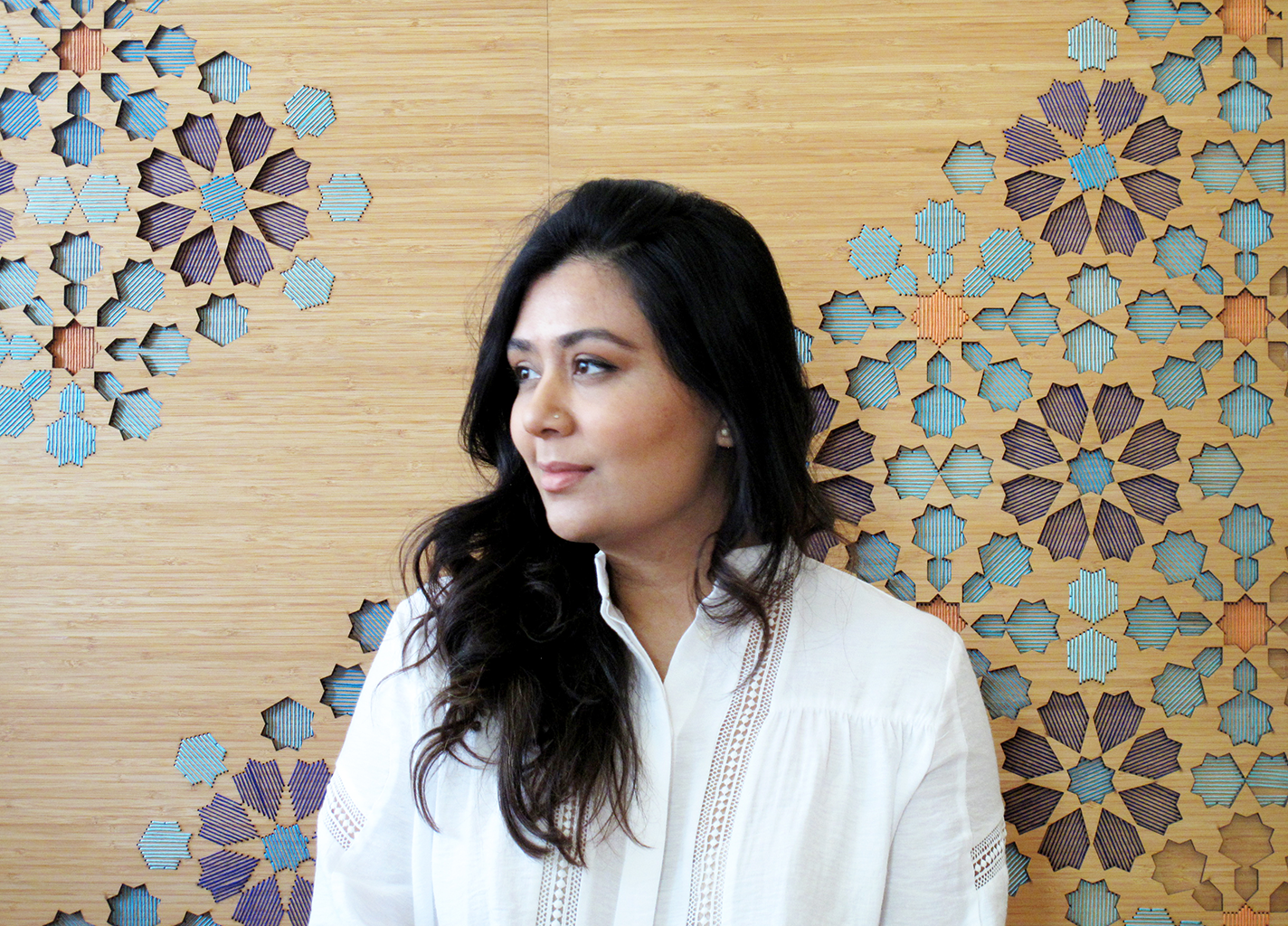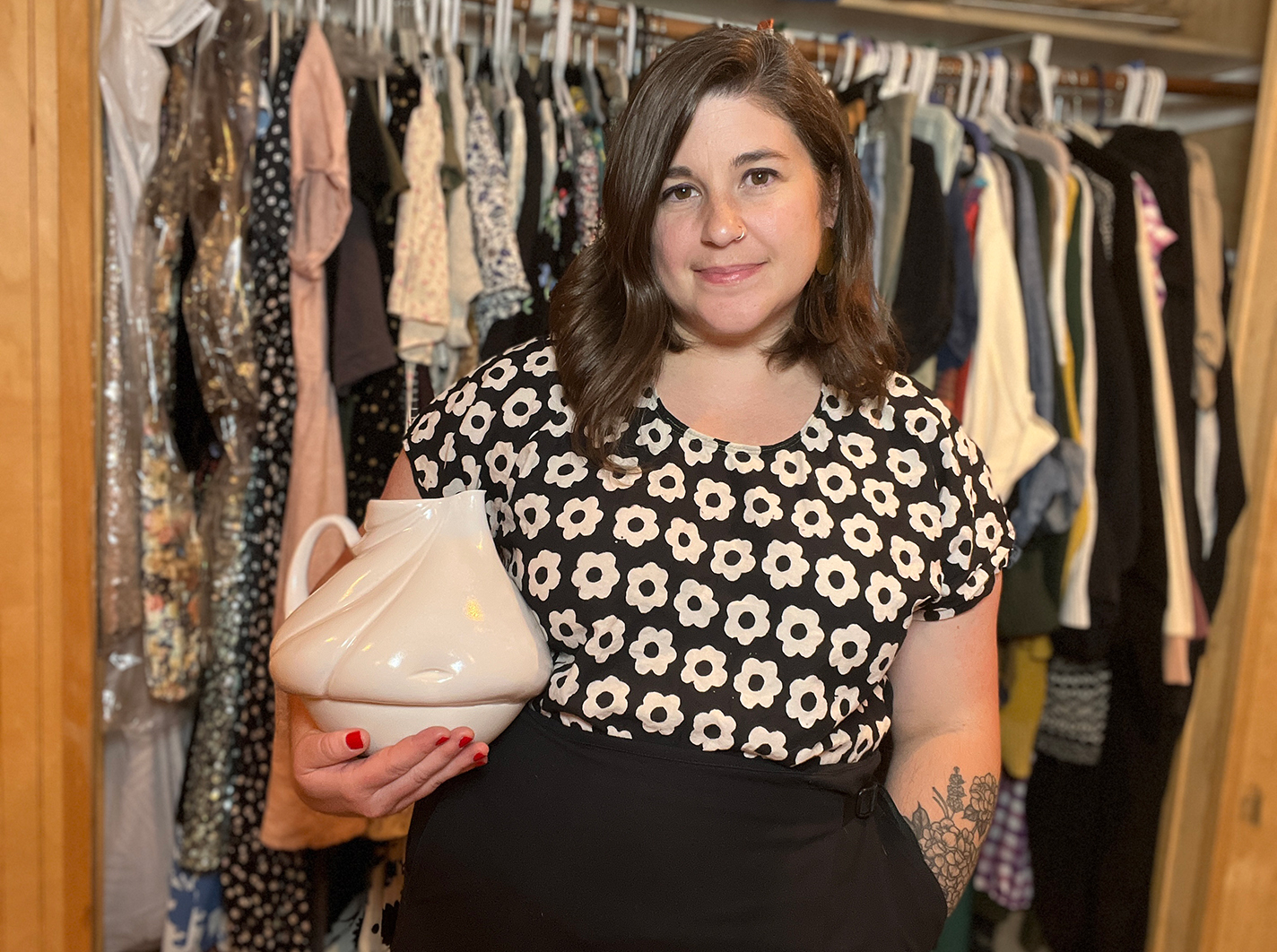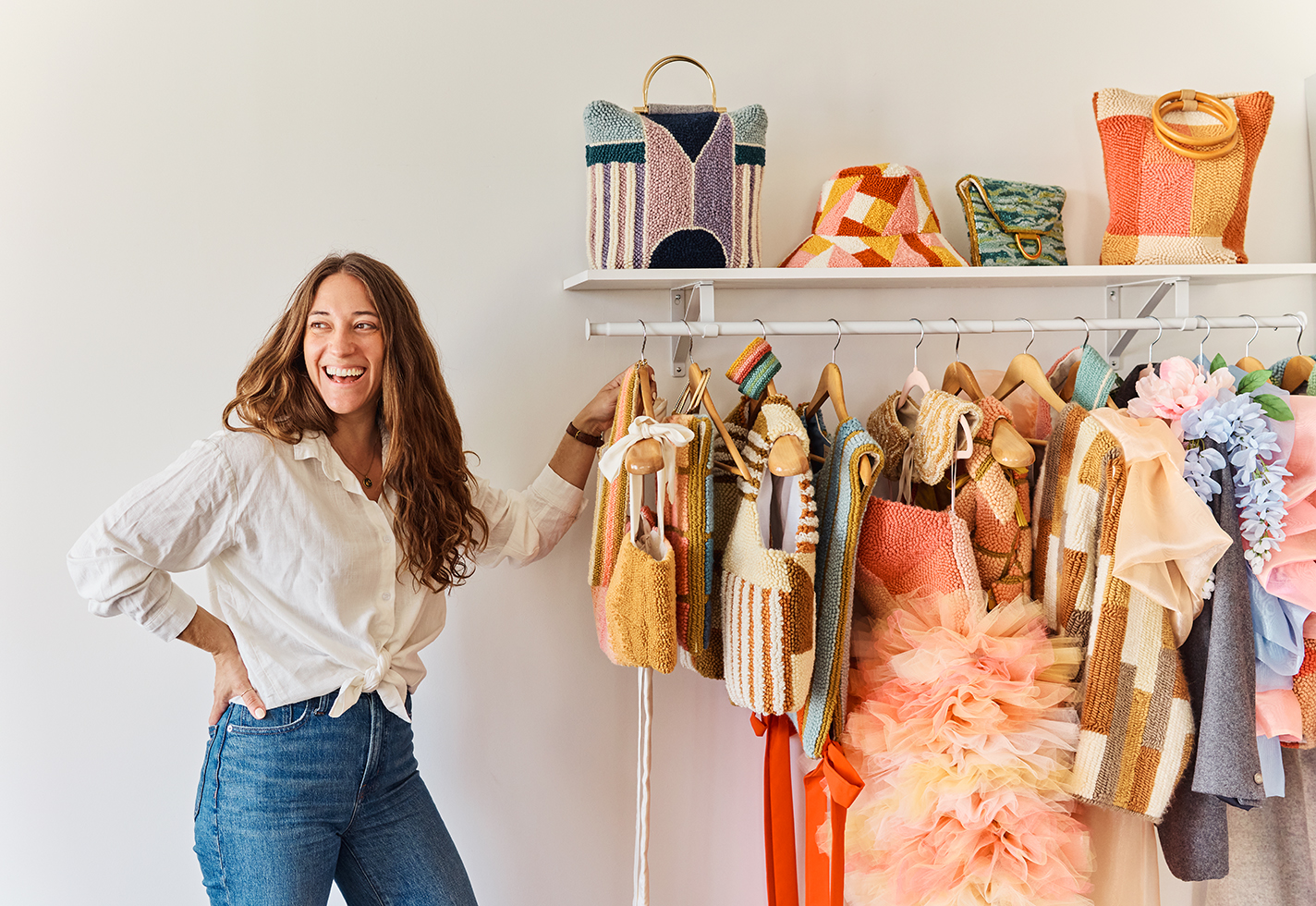Thomas Bliven has had to sign NDAs with many of his clients, which explains, in part, why he is not on Instagram. But it’s also because he’s been busy—really busy.
For the past two decades, Bliven has made one-of-a-kind metal accessories worn by runway models and celebrities at New York Fashion Week (NYFW), the Academy Awards, the Golden Globes, and the Met Gala. He’s made oversized rocker-chic brooches that look like spider webs, minimalist cuff bracelets with reliefs shaped like lips, and chunky circular earrings with details made of horn—basically anything his fashion-designer clients can imagine.
Bliven creates these pieces by hand and by himself at his studio in New York’s Long Island City, a warehouse-like space packed to the rafters with tools. Some of the labels who have him on speed dial are Marc Jacobs, Alexander Wang, Gabriela Hearst, The Row, Edun, Helmut Lang, Calvin Klein, Narciso Rodriguez, and Derek Lam. And yet he’s largely unknown to the outside world. “I sort of missed the boat on social media,” he says. “It’s a tricky thing, but I’m trying to come up with an idea of how to launch that.”
Bliven, who teases that his age is “a secret,” has an endearing mix of self-confidence and sheepishness. He speaks with breakneck speed about his work, yet sometimes hesitates or slows down when speaking about his life, and the professed love of his life, a 14-year-old Weimaraner named Buddy. “I have great pictures of him—maybe he could be my first image on Instagram,” he says, turning the camera around to show Buddy, who is near his workspace, lying on a cushion as we chat via FaceTime.

Bliven in his New York City workshop with Lou Lou (left) and Buddy.











